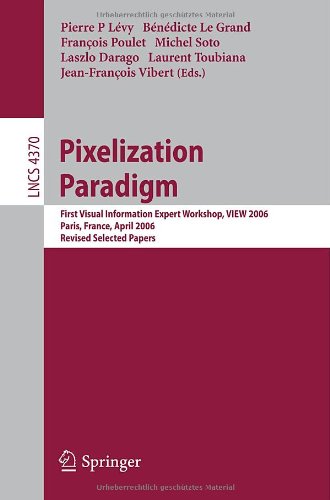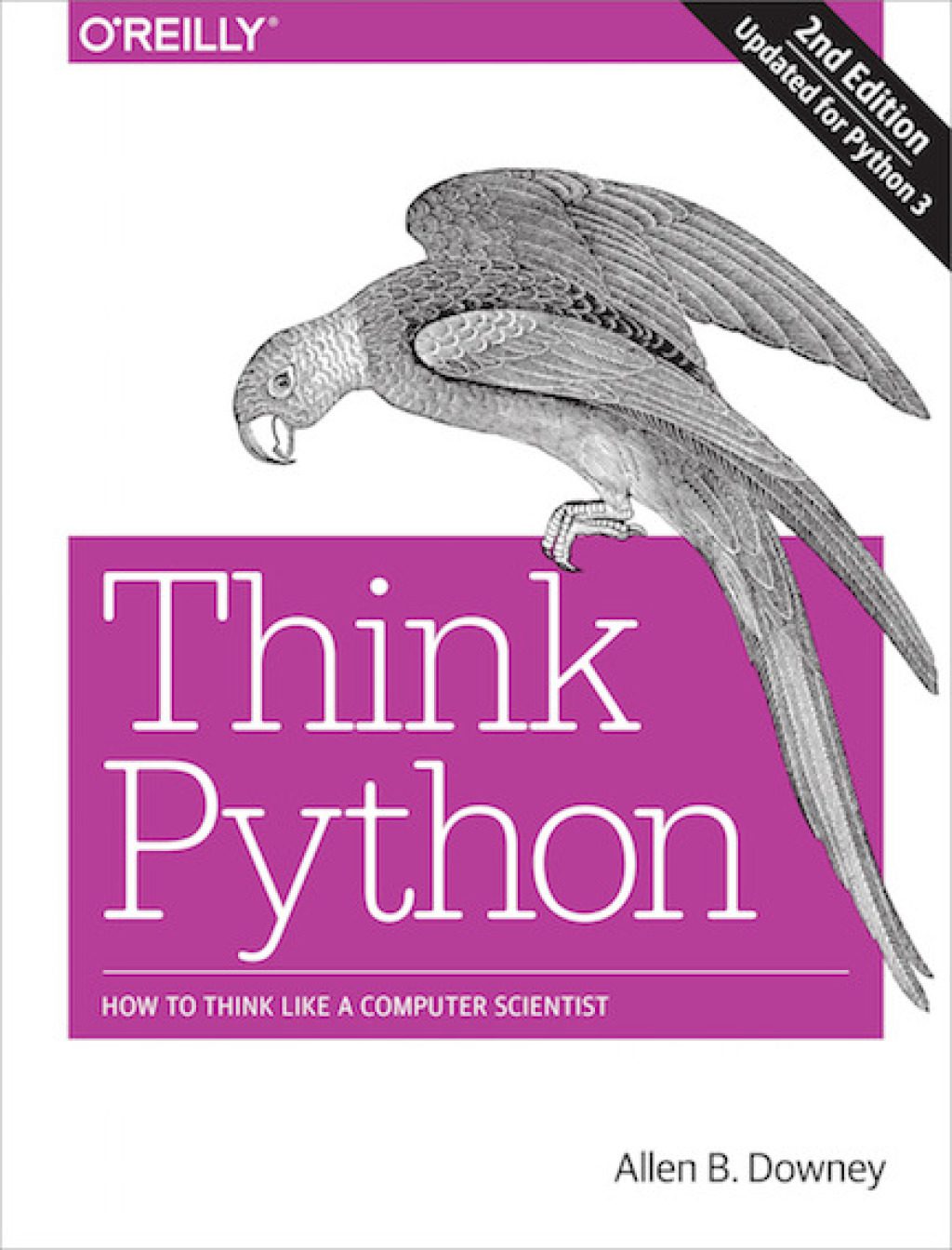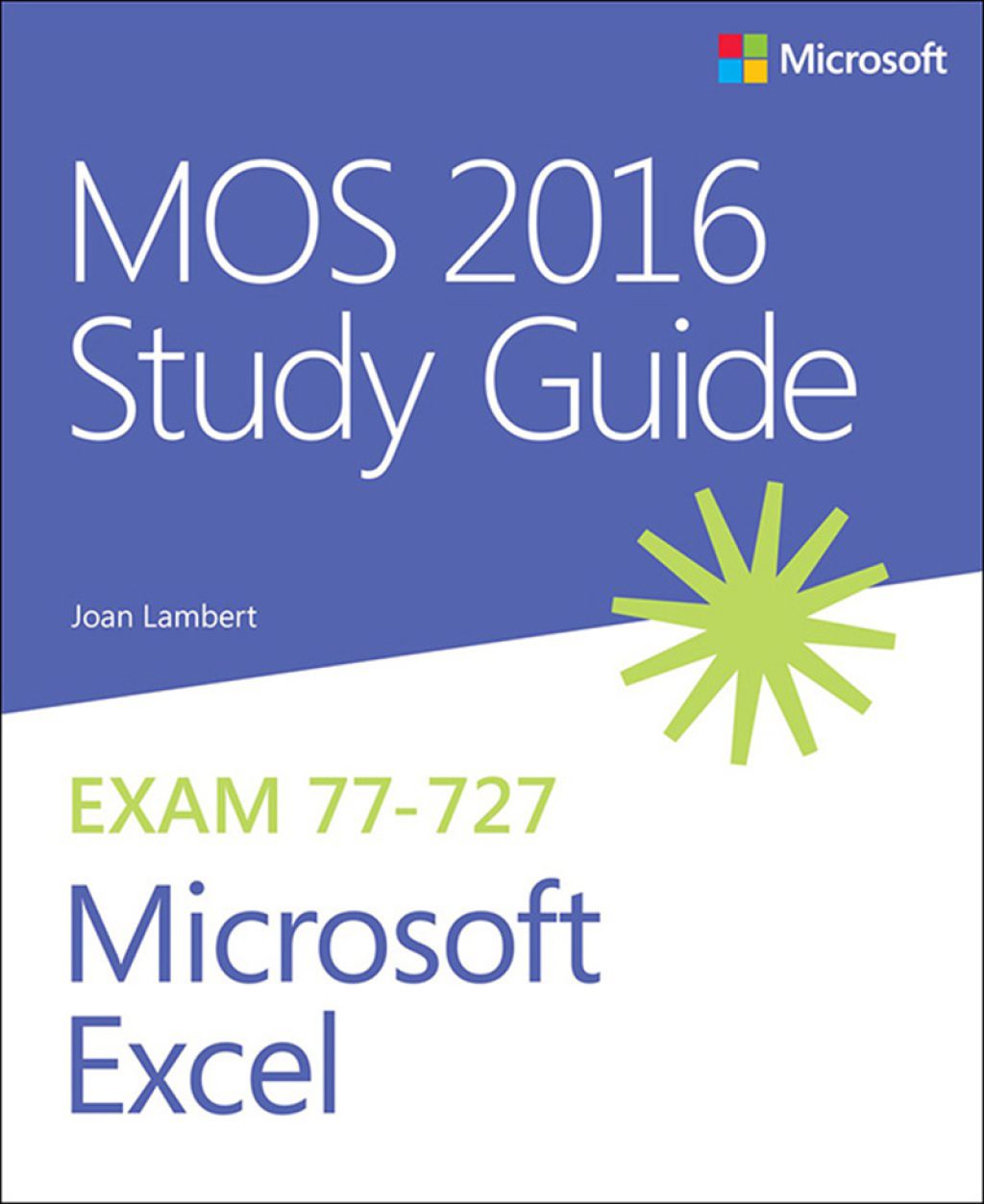Pierre P. Lévy (auth.), Pierre P Lévy, Bénédicte Le Grand, François Poulet, Michel Soto, Laszlo Darago, Laurent Toubiana, Jean-François Vibert (eds.)3540710264, 9783540710264
Table of contents :
Front Matter….Pages –
Front Matter….Pages 1-1
Pixelization Paradigm: Outline of a Formal Approach….Pages 3-11
Scalable Pixel Based Visual Data Exploration….Pages 12-24
High Dimensional Visual Data Classification….Pages 25-34
Using Biclustering for Automatic Attribute Selection to Enhance Global Visualization….Pages 35-47
Pixelisation-Based Statistical Visualisation for Categorical Datasets with Spreadsheet Software….Pages 48-54
Dynamic Display of Turnaround Time Via Interactive 2D Images….Pages 55-62
Pixelizing Data Cubes: A Block-Based Approach….Pages 63-76
Leveraging Layout with Dimensional Stacking and Pixelization to Facilitate Feature Discovery and Directed Queries….Pages 77-91
Online Data Visualization of Multidimensional Databases Using the Hilbert Space–Filling Curve….Pages 92-109
Pixel-Based Visualization and Density-Based Tabular Model….Pages 110-118
Front Matter….Pages 119-119
A Geometrical Approach to Multiresolution Management in the Fusion of Digital Images….Pages 121-136
Analysis and Visualization of Images Overlapping: Automated Versus Expert Anatomical Mapping in Deep Brain Stimulation Targeting….Pages 137-151
A Computational Method for Viewing Molecular Interactions in Docking….Pages 152-163
A Graphical Tool for Monitoring the Usage of Modules in Course Management Systems….Pages 164-172
Visu and Xtms: Point Process Visualisation and Analysis Tools….Pages 173-182
Visualizing Time-Course and Efficacy of In-Vivo Measurements of Uterine EMG Signals in Sheep….Pages 183-188
From Endoscopic Imaging and Knowledge to Semantic Formal Images….Pages 189-201
Multiscale Scatterplot Matrix for Visual and Interactive Exploration of Metabonomic Data….Pages 202-215
ICD-View: A Technique and Tool to Make the Morbidity Transparent….Pages 216-224
Front Matter….Pages 225-225
Time Frequency Representation for Complex Analysis of the Multidimensionality Problem of Cognitive Task….Pages 227-239
Front Matter….Pages 225-225
Instant Pattern Filtering and Discrimination in a Multilayer Network with Gaussian Distribution of the Connections….Pages 240-252
AC 3 – Automatic Cartography of Cultural Contents….Pages 253-263
Evaluation of the Mavigator….Pages 264-277
Back Matter….Pages –







Reviews
There are no reviews yet.